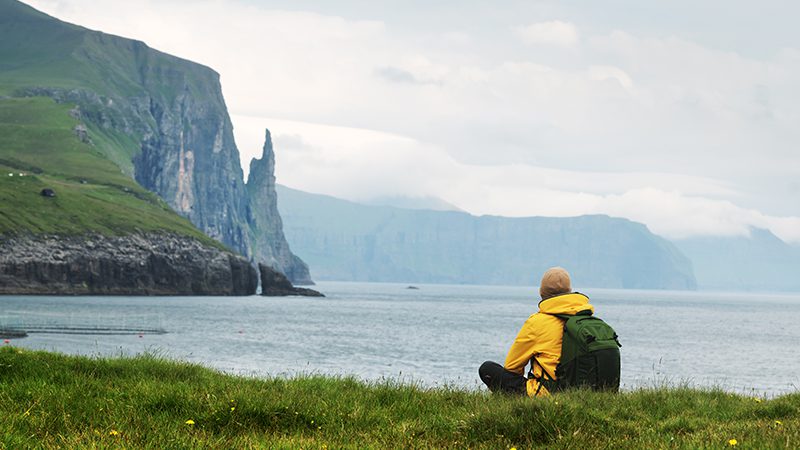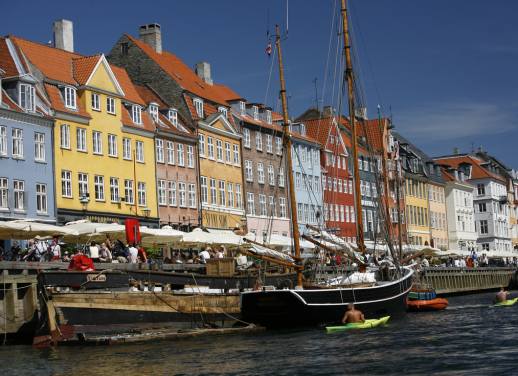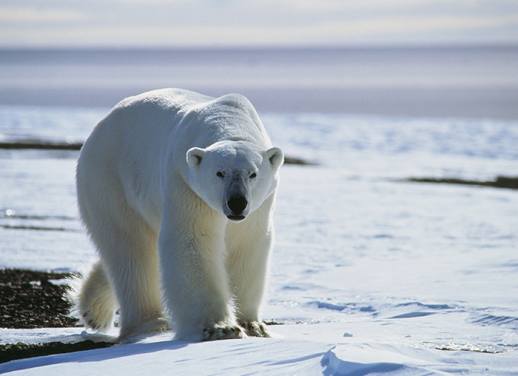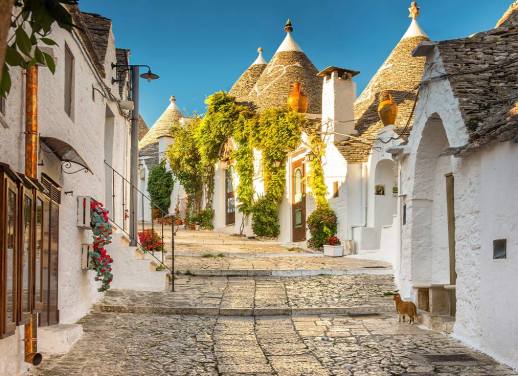You know those places that are almost too beautiful to be real? Well, the Faroe Islands is one of them.
Sandwiched between the Shetland Islands and Iceland, the Faroe Islands feel like a world of their own. Walking up to the top of the islands’ clifftops and looking out to the wild North Atlantic swirling below you is the closest thing you’ll get to feeling like you’re on the edge of the earth.
Although the Faroes are under the sovereignty of the Kingdom of Denmark, the archipelago is self-governing and has a unique history and culture. From soul-stirring waterfalls and rich Viking history to some of the quaintest villages you’ll ever see, here are a few reasons why the Faroe Islands deserve a spot on your bucket list.
1. It’s unbelievably beautiful
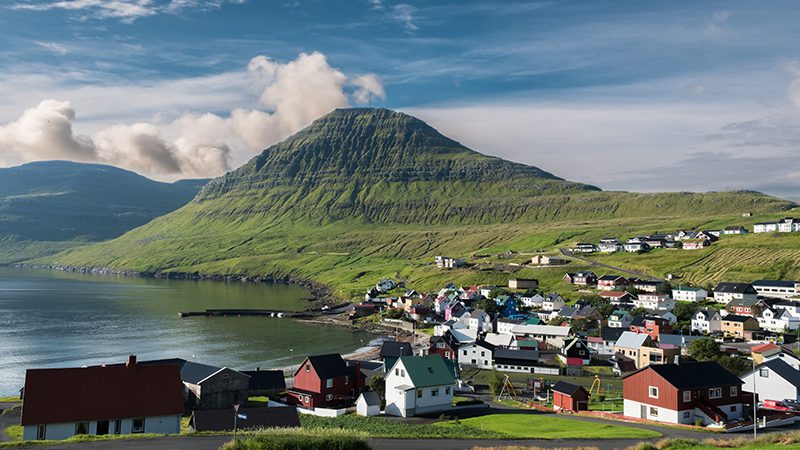
The Faroe Islands might be small, but they pack a punch. Exploring these remote islands will have you hiking up smooth, undulating mountains or plunging sea cliffs, marvelling at ‘floating’ lakes and dramatic waterfalls, or kayaking through deep, inky fjords. There’s natural beauty everywhere and you’re only ever a short drive, walk or head turn away from breathtaking views.
2. Marvel at waterfalls
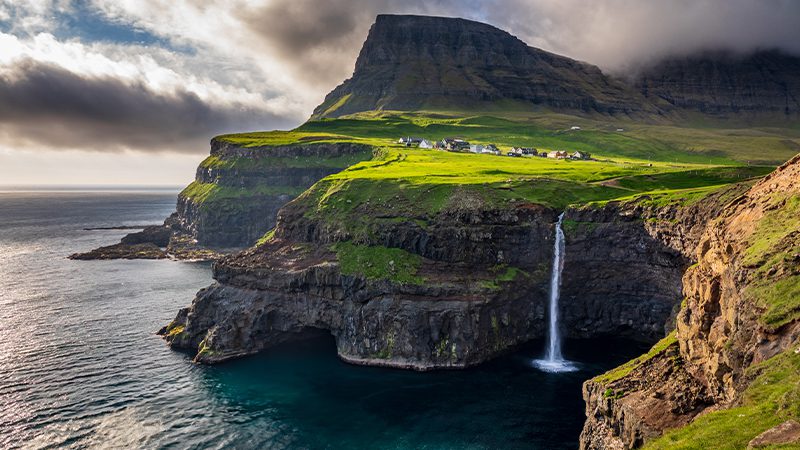
From watching the water tumble down the black basalt wall at Fossá waterfall to seeing the majestic Múlafossur fall plummet down a giant sea cliff, waterfalls are part of the furniture here. One of the good things about the reliably wet weather is that you’ll discover heaps of temporary cascades that appear during a downpour.
3. You can see puffins
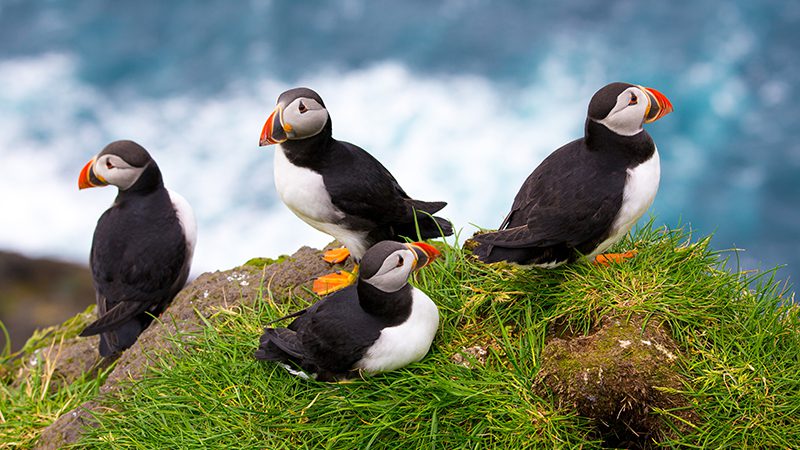
Puffins have to be one of the cutest birds. Hundreds of thousands of Atlantic puffins flock to the tiny island of Mykines every year to breed and nest in cosy burrows along the clifftops. And you can get up close to the local puffin residents on a boat tour between April and September.
4. The air is super fresh
There’s nothing quite like hiking up to the top of a mountain and filling your lungs with fresh sea air. It hits differently. If you’re looking to escape the hustle and bustle of city life, a trip to the Faroes could be a breath of fresh air, literally.
5. See traditional Faroese homes
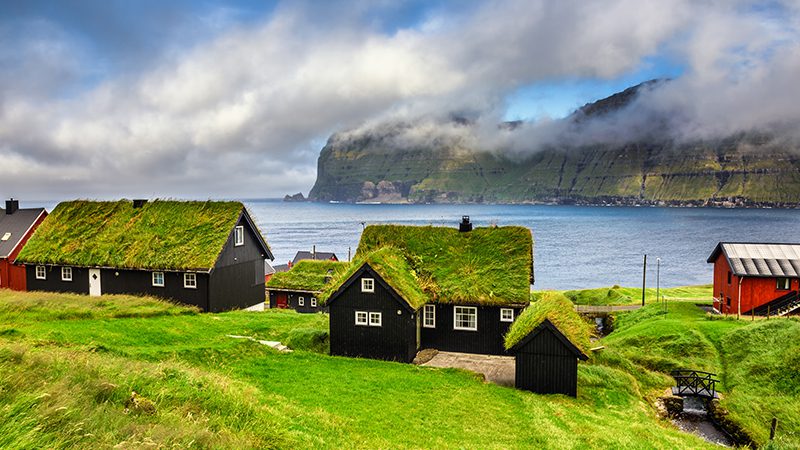
There’s cute, and then there’s I think this is the cutest thing I’ve ever seen kinda cute. Well, traditional Faroese dwellings fall into the latter category. These colourful wooden houses have turf roofs to protect them from the wet climate, and they straight up look like they belong in a fairy tale.
6. Embrace the elements
When you’re in a remote archipelago in the middle of the North Atlantic, it comes as no surprise that the weather is wild, windy and wet. It rains a lot in the Faroes (300 days per year on average), so you should always be prepared with waterproof gear. But here’s the thing: you actually want the skies to be dark and moody as it makes the landscapes even more mysterious.
7. Meet native sheep
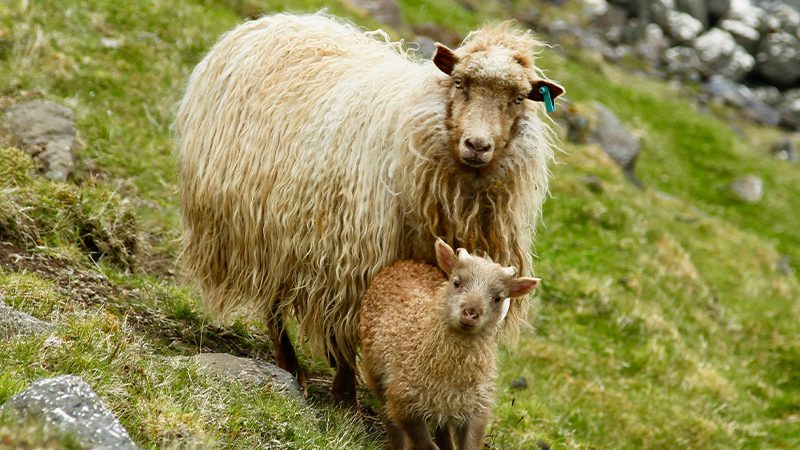
You’re unlikely to experience a car traffic jam on the Faroe Islands, but sheep are a different story. The word ‘Føroyar’ comes from the old Norse word ‘Færeyjar’, which literally means Sheep Islands – a name that was given to the Faroe Islands by settlers during the Viking Age. You’ll encounter plenty of these shaggy, four-legged creatures when driving or hiking.
8. It’s a paradise for photographers
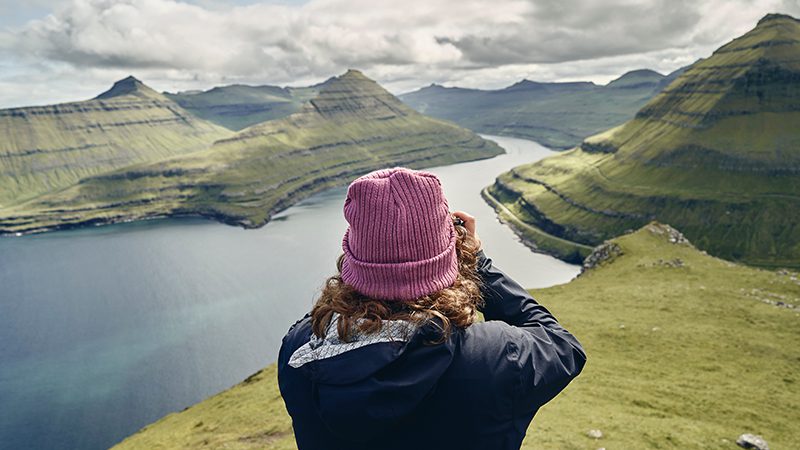
Need we say more when the landscapes are this gorgeous? The Faroes are still a bit of a travel secret, but it won’t stay like that for too much longer, so now’s the time to capture the unspoilt beauty of this far-flung place.
9. Try the local food
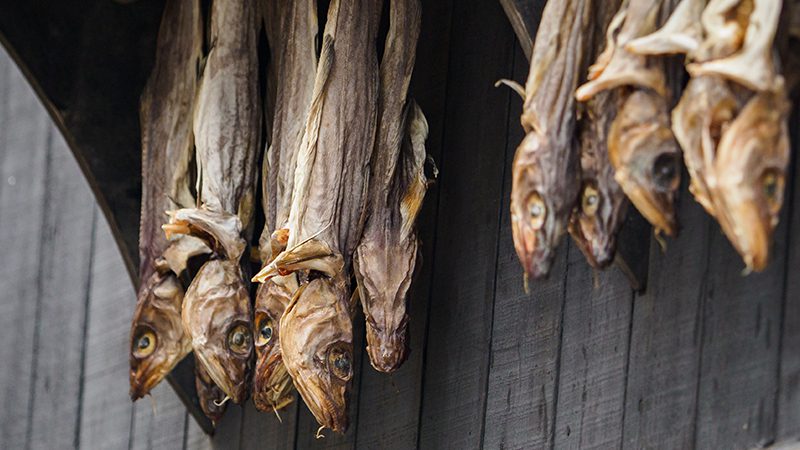
There are no native trees in the Faroes. Add this to the harsh weather conditions and the odds might seem to be against the Faroes when it comes to food. But this isn’t the case. Faroese cuisine includes lots of fermented and smoked meat, seafood, and seasonal root vegetables like potatoes, turnips, kohlrabi and rhubarb. The traditional preservation technique of salting food with the sea breeze dates back to the Viking era.
Traditional dishes to try include skerpikjøt (semi-fermented mutton meat) on toasted sourdough, ræst (dried cod and herring), and Seyðahøvd (boiled sheep brain served with mashed potatoes and root veggies).
If you want to treat yourself, book a table at Koks, the islands’ first Michelin Star restaurant, for a lavish 17-course tasting menu. Think sea urchin with pickled parsley stems, langoustine roll, and fermented lamb intestines topped with cheese. You’ll also find plenty of Danish food and international cuisines in the capital city of Tórshavn.
10. It has a thriving music scene

Good things come in small packages. You might be surprised at how a remote place can have such a thriving music and arts scene. Every summer, thousands of festival-goers flock from all over Europe to enjoy music festivals like G!, Summartónar and the Summer Festival to watch local and international artists. All the more reason to plan a summer adventure.
Curious to discover this Scandinavian archipelago for yourself? Check out Intrepid’s Faroe Islands tours.

